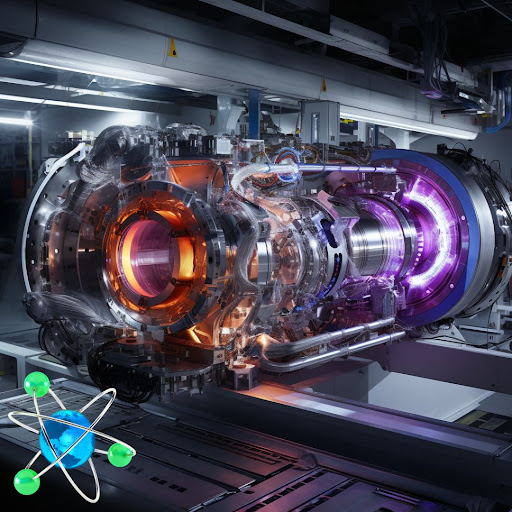
- LCLS-II XFEL Advancements: Recent upgrades to the X-ray free-electron laser (XFEL) within Stanford’s LCLS-II mark a groundbreaking achievement in X-ray science, enabling unprecedented capabilities for studying quantum materials.
- Cutting-Edge Technology: LCLS-II’s XFEL delivers a million X-ray pulses per second, making it 8,000 times faster and 10,000 times brighter than its predecessor, thanks to a state-of-the-art superconducting accelerator operating at an astonishingly low temperature.
- Scientific Impact: These advancements hold immense potential for quantum material research, the study of biological systems, and the development of groundbreaking technologies, with applications ranging from quantum computing to energy-efficient devices.
In a momentous stride forward, the SLAC National Accelerator Laboratory at Stanford University has recently unveiled a series of groundbreaking upgrades to the X-ray free-electron laser (XFEL) component within the Linac Coherent Light Source-II (LCLS-II). This remarkable achievement represents the culmination of over a decade of painstaking research and engineering, heralding a new era in the realm of X-ray science. The XFEL, a formidable scientific instrument, serves as a veritable high-speed, high-resolution microscope. Its unique capabilities enable the emission of intensely bright X-ray light pulses at an astonishing pace, making it possible to capture intricate, real-time details of electrons, atoms, and molecules.

What truly distinguishes LCLS-II’s XFEL from its predecessors is the quantum leap in performance. It now has the extraordinary capacity to generate a staggering one million X-ray pulses per second—an astounding 8,000-fold increase in frequency. Moreover, its brightness has surged to a level 10,000 times greater than previous models. These astonishing advancements can be attributed to the innovative superconducting accelerator at its core. This technological marvel maintains an environment at an astonishing -456 degrees Fahrenheit, a temperature even colder than the vacuum of outer space and within a few degrees of absolute zero.
Scientists eagerly anticipate harnessing the upgraded XFEL of LCLS-II to venture deep into the uncharted territory of quantum materials and their intricate interactions. This research endeavor holds profound importance, as it promises to unravel the often bewildering and counterintuitive properties of quantum materials. Such insights have the potential to catalyze revolutionary advancements across a spectrum of technologies, ranging from lightning-fast data processing to the development of profoundly energy-efficient devices and, indeed, the realization of quantum computers.
Beyond the realm of quantum materials, LCLS-II is poised to cast a brilliant light on the enigmatic world of biological systems, allowing researchers to scrutinize biological processes with unprecedented precision. From deciphering the intricate choreography of proteins to unraveling the mysteries of photosynthesis machinery, this advanced XFEL promises to unveil hitherto concealed facets of life’s fundamental processes.
Lastly, the article briefly touches upon the pivotal role of superconductivity in the operation of LCLS-II. It highlights the remarkable achievement of the superconducting accelerator, which maintains temperatures nearing absolute zero at -459 degrees Fahrenheit—a realm where electrical currents flow in perpetuity without encountering resistance. This awe-inspiring technology, cultivated over decades of research, now stands poised to unlock new horizons in scientific exploration and foster a fertile ground for technological innovation.
